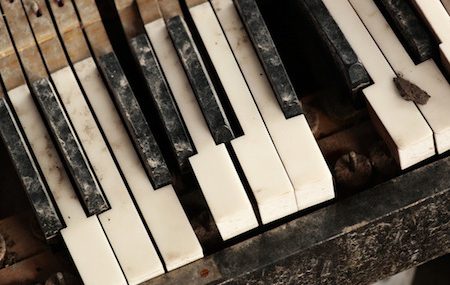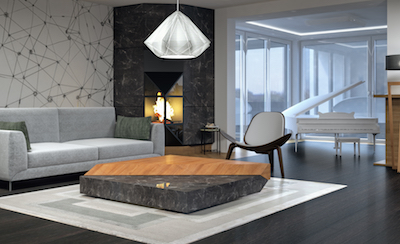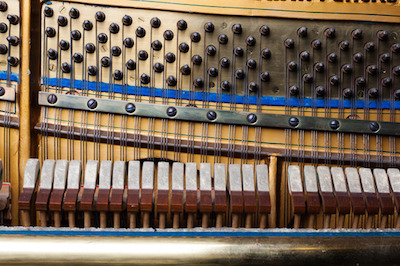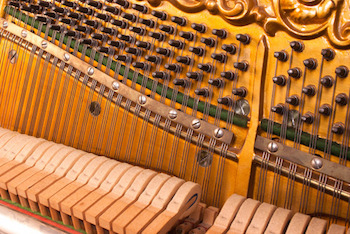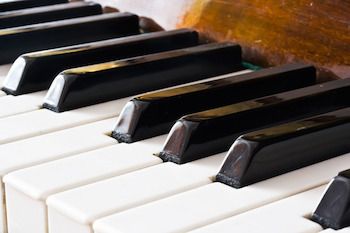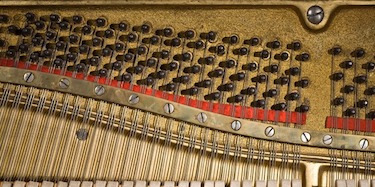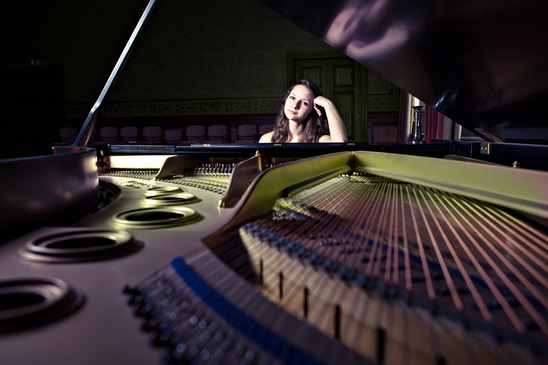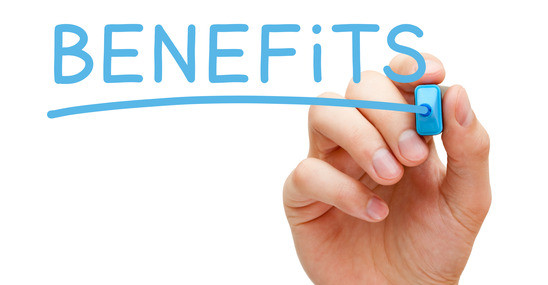You love your piano. It’s been in your family for generations.
Maybe it’s just been passed down to you. You’ve made a special spot in your home for it. You picture your kids learning how to play, or maybe the family gathered around while you sing Christmas carols late into the night.
Your grandma cared for it. Your mom maintained it the best she could. Now it’s your turn.
But when you tap a few keys, something isn’t quite right. Do-Re-Mi-Fa-So … and there it is. A note that’s completely out of tune.
And when you continue up the scales, you hit a note that doesn’t play at all. No sound. Even the key sticks, and needs a little tapping to make it come back up.
The outside could use a little shining up. It’s scratched. The finish has worn off in places and is reduced to a dull color that’s almost lifeless.
You had hopes of it taking center stage in your family room. Now you just aren’t sure. No matter how much you love your family heirloom, maybe it would be better if you invested in a new piano. Even some of the local dealers have suggested it. Is it true?
Here’s the thing. You’d be amazed at how many times some dealers tell you the only way to get a high quality piano is to purchase a new one; repairing a piano and refurbishing it back to its original condition isn’t an option. It’s too far gone, they say.
If a dealer doesn’t also offer refurbishing, a lot of times they’ll push you towards purchasing a new piano because that’s where they make money. They have the best intentions. And to be fair, in some cases, a piano can’t be saved. If it has extensive water damage, for example, it’s probably beyond repair.
If a piano is well loved, has been in a family for generations, and just needs a little TLC to bring it back to life, it’s possible.
A new piano sitting on the showroom floor is going to be better than your family heirloom sitting at home, waiting for repair. It will sound better, look better, function better.
But a piano is rarely beyond repair. With just a little work, it can be restored to all it was. If you have questions about your piano, and what it would take to repair it to create an instrument that looks and sounds brand new, let’s talk. We’re happy to give you a quote and help you discover how to save a piece of history you’ll be proud to play, and act as a caregiver to hand it down to your own kids someday.
